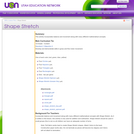
This activity incorporates balance and movement along with many different mathematical concepts.
- Subject:
- Geometry
- Mathematics
- Material Type:
- Lesson Plan
- Provider:
- Utah Education Network
- Date Added:
- 10/22/2013

This activity incorporates balance and movement along with many different mathematical concepts.
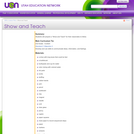
In this lesson students will prepare a "Show and Teach" for their classmates to follow.
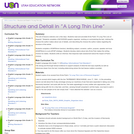
This set of lessons extends over a few days. Students read and annotate Ernie Pyle's "A Long Thin Line of Anguish." Students complete a SAYS/DOES graphic organizer, working on summarizing the text, noticing the choices the author makes about use of details, and describing the choices the author makes regarding the structure of the article.
Students complete a SOAPStone handout, identifying subject, occasion, author, purpose, speaker and tone (SOAPStone is a pre-AP/AP strategy). Students develop claims about why Ernie Pyle makes the writing choices he makes. Students write an informal, free-response style assessment about the impact of Pyle's choices.
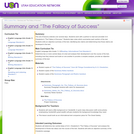
This set of lessons extends over several days. Students work with a partner to read and annotate G.K. Chesterton's "The Fallacy of Success." Students take notes which summarize each section of the text. Students write an objective summary of the text, identifying two claims and determining how those claims are developed in the text.
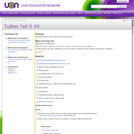
In this lesson students will learn about tallying and collecting data.
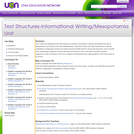
This 18 day unit explicitly teaches text structures, summary, text features, reading informational text about Mesopotamia, and writing a book about Mesopotamia. Instruction moves from high scaffolding to moderate scaffolding to independent practice as students become familiar with the various text structures, how to identify them, what graphic organizer will work with each text structure, how to use notes recorded in graphic organizers to write summaries, and how to compile an informational book. Mesopotamia is the content used as an anchor.
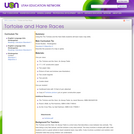
In this lesson using the The Tortoise and the Hare fable students will learn basic map skills.
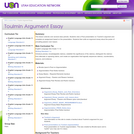
This lesson extends over several class periods. Students view a Prezi presentation on Toulmin's argument and complete an assignment based on the presentation. Students then write an argument essay about the power of prevailing passion over reason.
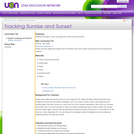
In this lesson students will collect, record, and graph the sunrise and sunset times.

These games and activities help students investigate the relationship between fractions and decimals, focusing on equivalence.
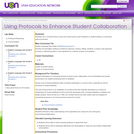
In this lesson students use a Tuning Protocol to give and receive peer-to-peer feedback on student writing in a structured, safe environment.
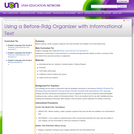
In this lesson students will create a graphic organizer that uses the titles and subtitles of an informational text before they begin reading.
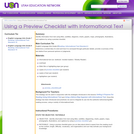
In this lessons students identify information from text using titles, subtitles, diagrams, charts, graphs, maps, photographs, illustrations, and captions by using a preview checklist.
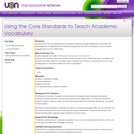
In this lesson students will use the core standards and an academic vocabulary template (adapted from Janet Allen and Robert Marzano) to explicitly learn the academic language they will need to understand, not only in English Language Arts, but in all content areas.
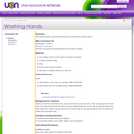
This activity focuses on germs and learning how to prevent the spread of germs.
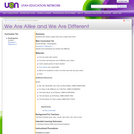
In this lesson students will create a paper face and a paper face book.
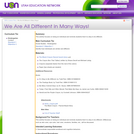
This activity focuses on being an individual and reminds students that it is okay to be different.
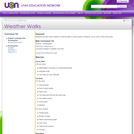
In this lesson students will learn about weather by taking walks in various types conditions: sunny, rainy, windy and snowy.
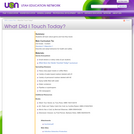
In this lesson students will learn about germs and how they travel.
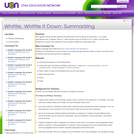
This "jigsaw" activity will give students the opportunity to work in groups to summarize a 1 to 2 page informational text. It "jigsaws" down to 1 class summary and can be done in 2 or 3 days. This plan was designed for a class of 22 students but can be easily modified by varying group size.